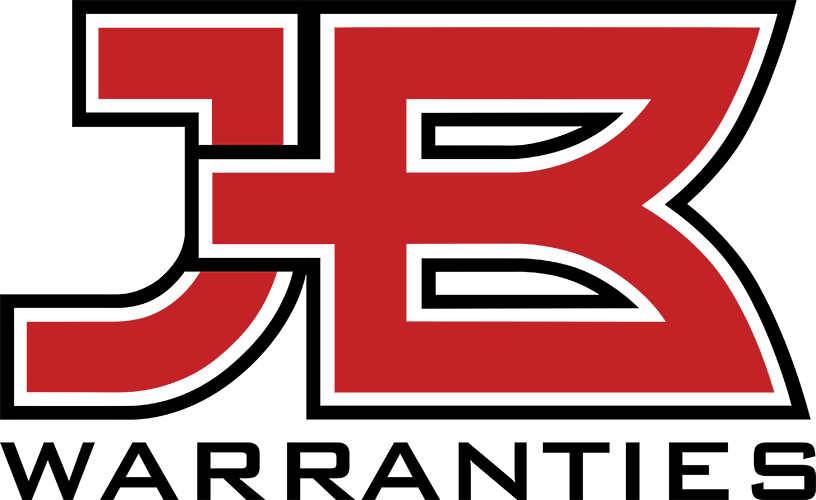
It’s no secret that cybercrime has been on the rise over the past decade. Fueled by a digital shift that’s only ramped up since the start of the COVID-19 pandemic, cybersecurity experts anticipate the cost of damages induced by cybercrime will double from $3 billion in 2015 to $6 billion by the end of 2021. Moreover, as employers deploy more remote work and cloud-based solutions, cybercriminals access more opportunities to wreak havoc on unsuspecting businesses.
HVAC and plumbing companies should not be fooled—your data is no less valuable than any other industry. From customer details to high-risk financial data, business owners must become aware of the present cybersecurity concerns lurking on the dark web. Read through the top six security threats to be mindful of this year, as well as how to improve your cybersecurity today.
Top 6 Cybersecurity Threats
When it comes to cybersecurity, HVAC and plumbing business owners face a variety of online concerns that can impact how they operate their businesses. Here are the top six security threats to remain on the lookout for.
1. Social Engineering
According to the 2020 Verizon Data Breach Investigations Report, social engineering tactics—methods of manipulation that result in the release of confidential information—are behind roughly one-third of company data breaches. For instance, phishing is a commonly used social engineering cybercrime tactic to steal user data, like credit card and log-in details. As a result, phishing is a social engineering tactic HVAC and plumbing companies may be vulnerable against.
Successful attacks typically incorporate scareware tactics that include pop-ups, emails, texts, or instant messages. For example, a misleading message scares and tricks users to click a malicious link that results in the immediate download of malware software. Malware then quickly locks up a system and attacks data sources to be distributed for unauthorized purchases, identity theft, and the stealing of funds.
2. Ransomware
During ransomware attacks, cybercriminals encrypt system data and hold the system hostage until the target makes some form of payment—hence the name “ransomware.” For example, in December 2019, cybercriminals initiated a ransomware attack on a Michigan school district. The ransomware entered the systems through a network connection with the district’s heating and cooling service provider.
The attack immediately shut down HVAC systems, phones, copiers, and more across the district, leaving students unable to return to class following their winter break.
In the 2019 HVAC ransomware saga, the attacker requested a $10,000 payment to release the local HVAC system. Fortunately, the school district was able to avoid the payment with the help of IT professionals.
3. Third-Party Software
In addition to direct cybercrime tactics like phishing and ransomware, cybercriminals can also use third-party software as a type of “back door” tactic to access sensitive company data. For example, cybercriminals can breach third-party platforms like customer management programs, accounting software, and social media accounts.
According to a SecureLink study, more than 50% of organizations have encountered a data breach caused by a third-party platform. Breaches can wreak havoc and expose valuable customer data without the consistent quality management of these third-party data sources. In turn, this can create financial losses and even legal battles.
4. Insider Threats
While many believe cybersecurity threats typically come from the dark web, HVAC and plumbing business operators need to remember that an individual as unsuspecting as a fellow technician can be the cause or reasoning behind cybercrime. Between 2018 and 2020 alone, companies nationwide witnessed a 47% increase in data breach incidents involving an insider.
These occurrences can be both intentional and unintentional. For example, employees with bad intentions can abuse data access privileges to collect information and repurpose it to commit identity theft and money fraud. On the other hand, unintentional insider data breaches can simply stem from employees using personal devices on high-risk company networks, opening a gateway for cybercriminals.
5. IoT Vulnerability
When it comes to IoT (Internet of Things) vulnerability, it’s best to remain somewhat wary of any physical device with “smart” in its name. To name a few in the HVAC and plumbing industry, think of internet-connectable devices, like smart thermostats, smart water heaters, and smart refrigerators.
Unfortunately, many of these internet-connected smart devices have weak cybersecurity features. With a continuously mounting number of IoT devices entering the market, cyber criminals have more gateways to access home and business internet networks than ever before. Whether the IoT device is located in a company office or a customer’s home, users are at risk of data breaches.
6. Remote Worker Security
The era of remote work has exploded throughout the recent COVID-19 pandemic. Even in the HVAC and plumbing industry, business owners have made changes to help keep workers out of the office by supplying them with company devices and remote network access. Unfortunately, while this is great for COVID transmission rates, it doesn’t have the best impact on data breach rates.
According to recent studies, 80% of security and business leaders believe that their companies now face more cyber risks because of remote work migration. Organizations that allow remote access to employees increase the risk of irresponsible behavior that can provoke cybercrime. For instance, an act as small as opening personal emails containing malware on company networks can result in a company-wide data breach.
Best Practices for Improving HVAC or Plumbing Business Security
Though the collection of cyber security threats presented above may be a bit intimidating, there’s no reason to panic. Instead, apply best practices to ensure strong security and protection against bad actors.
The Federal Communications Commission has recommended ten cybersecurity tips for small businesses. Here are a few of the highlights to apply to the HVAC and plumbing industries:
- Establish cybersecurity protocols for your business and train employees on best practices, including how to handle customer data, appropriate internet use guidelines, and routine password updates.
- Keeping system security current by routinely updating to the latest security software, web browser, and operating system while ensuring a firewall is established for company internet connection
- Regularly backup company data, including all customer details and financial records, plus consider making physical copies to store off the server in the event of a cyberattack.
- Limit and control employee access to critical data by assigning system administrators to manage and distribute high-risk data as needed.
Do Your Part to Protect Company Security
With skyrocketing amounts of cybercrimes occurring across the globe, there’s no better time for HVAC and plumbing business operators to implement strategies to increase company cyber security. Phishing scams, insider threats, and third-party software concerns are just some of the cyber threats that can impact your business. So gather your team and implement advised company practices to help reduce the risk of cybercrime today.
Taylor Bohannan
Director of Technology at JB Warranties






